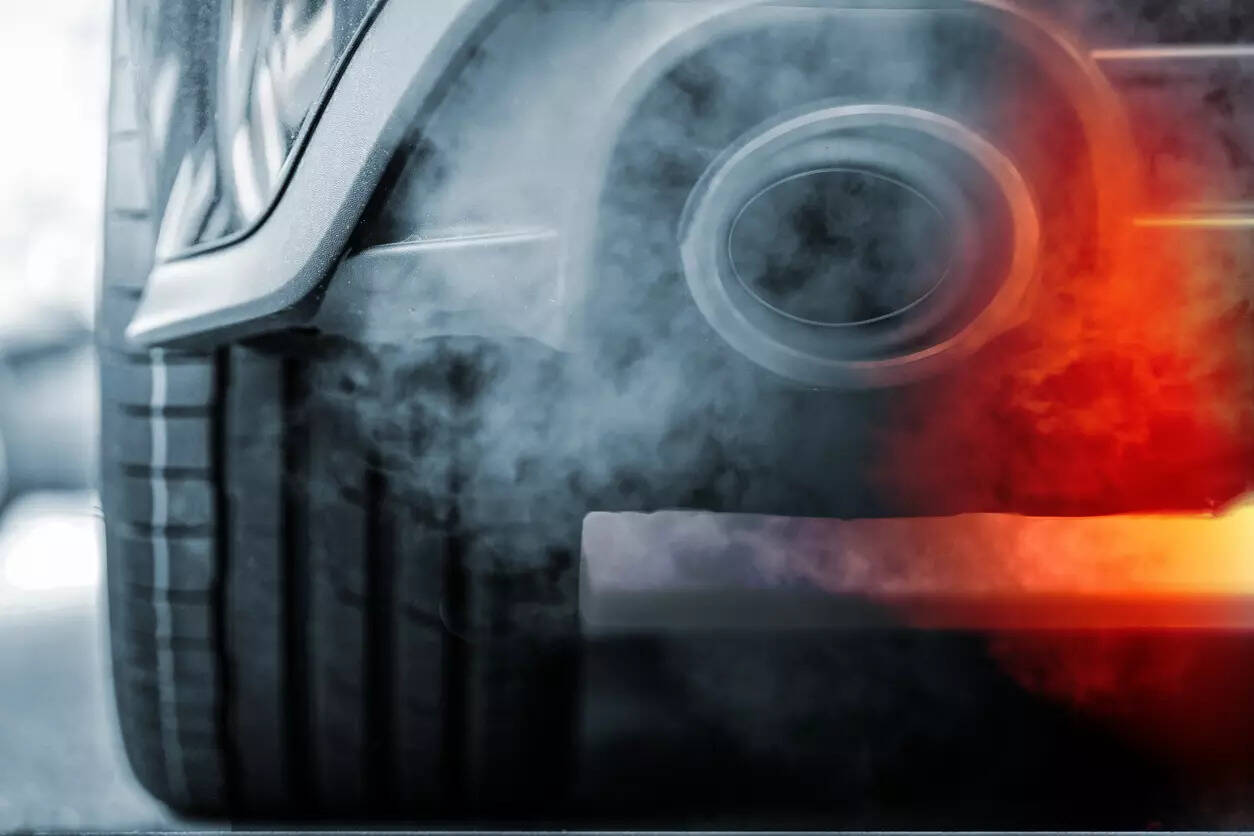
Britain is set to miss its decarbonisation targets for 2030 and its goal of reducing greenhouse gas emissions to net zero by the middle of the century, Norwegian risk manager DNV said.
Under the Paris Agreement, Britain has committed to reduce emissions by 68% by 2030 compared with 1990 levels, but a DNV report forecast the reduction to be 55% by then.
“Without immediate action the UK will fail to deliver on its climate commitments, fall behind in the global race to decarbonize,” said Hari Vamadevan, executive vice president and regional director, UK & Ireland, energy systems at DNV.
In addition to the Paris global climate pact, Britain has its own legally binding target of bringing all emissions to net zero by 2050 from 1990 levels.
However, the country’s annual emissions are expected to be 125 million metric tons of carbon dioxide equivalent in 2050, equivalent to an 85% cut from 1990 levels, not the 100% reduction the government is aiming for, DNV’s report said.
DNV said transport and buildings are two sectors which will be the largest contributors to total annual emissions in 2050.
Last year, the British government pushed back a ban on new petrol and diesel cars and vans to 2035 from 2030. DNV said a large proportion of vehicles, particularly commercial ones, will continue to be fossil-fuelled and aviation will continue to be a large emitter due to the slow roll-out of low carbon fuels.
Around 80% of Britain’s primary energy supply comes from fossil fuels, with 13% from renewables and 7% from nuclear.
Heavy reliance on fossil fuels looks set to continue, only reducing to 71% by 2031 under current policies, and a third of all primary energy supply still coming from fossil fuels by mid century, the DNV report forecast.
With the right incentives, decarbonisation can be accelerated by swifter deployment of technologies such as wind, solar PV, smart grids and electric vehicles, along with carbon capture and storage and hydrogen, it added.
The government aims for 10 gigawatts (GW) of low-carbon hydrogen production by 2030, which can help to decarbonise industrial sectors but also potentially ultimately replace some gas in Britain’s domestic and commercial heating systems.
However, hydrogen production will reach 1 million tons a year, only 60% of which will be low-carbon, equivalent to roughly 5 GW of capacity, DNV said.

